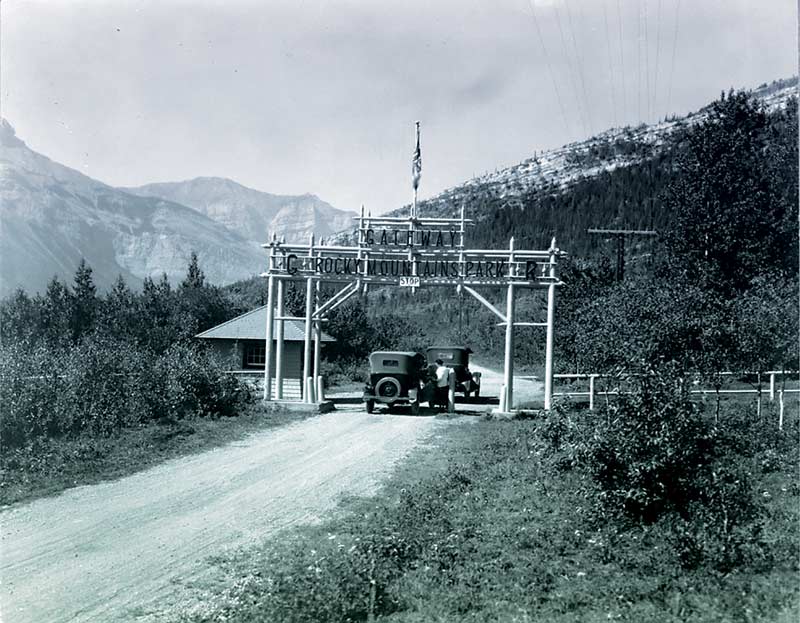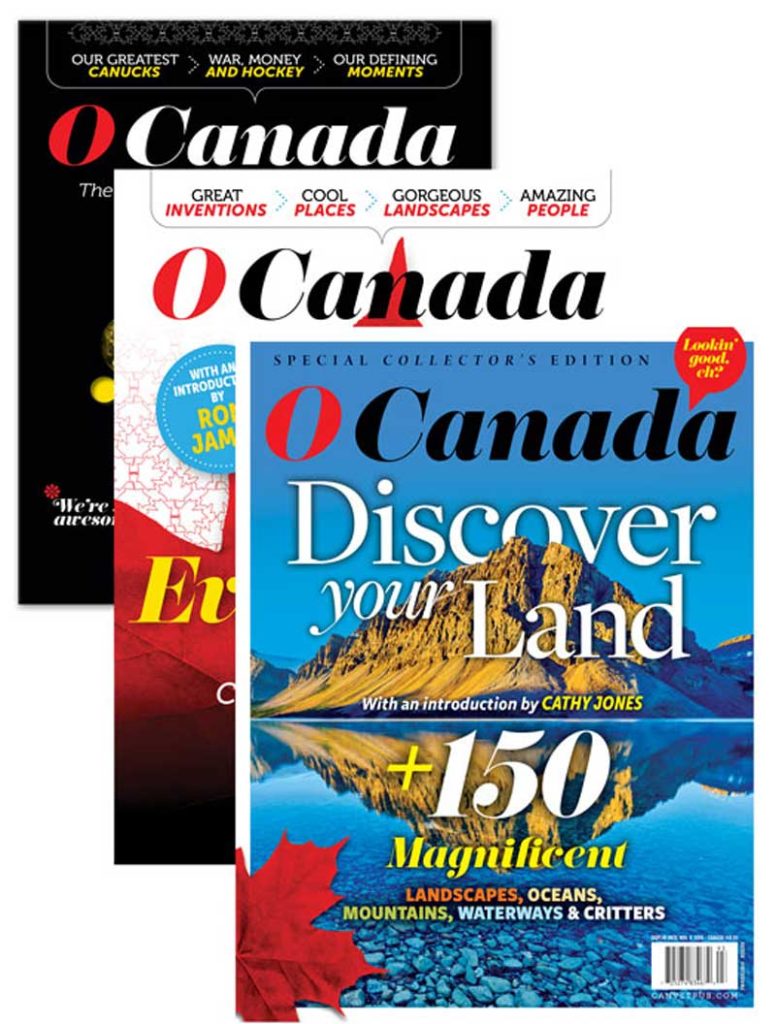
It began, as so many things did in this country, with John A. Macdonald.
In November 1885, he declared that 26 square kilometres on Sulphur Mountain overlooking Banff, Alta., would be designated for the public. It contained the Cave and Basin hot springs, which had been used by Indigenous peoples for centuries but had recently been discovered by railway workers. Macdonald had an ulterior motive. The hot springs could become a tourist attraction and help make his beloved railway economically viable.
The following year, a legal survey of the area declared that “a large tract of country lying outside of the original reservation presented features of the greatest beauty, and was admirably adapted for a national park.” In 1887, the Rocky Mountains Park Act created what is now Banff National Park.
On May 19, 1911, Canada became the first country in the world to create a national park service. Under this federal legislation, more protected areas would be created. Canada now has 46 national parks, which comprise 340,000 square kilometres, an area larger than Great Britain.
For the parks to succeed, people would have to visit them.
There are a few black marks on the otherwise laudable park system. Indigenous peoples were banned from the first parks. Stoney Indians who had inhabited the area for centuries were prevented from entering Banff National Park. When seven national parks were created early in the past century, Indigenous peoples were not consulted. The irony was that they had successfully managed these lands for millennia.
James Harkin was the first Commissioner of Dominion Parks Branch (now Parks Canada), serving from 1911 to 1936. He was an early environmentalist and a fan of Henry David Thoreau. Like Thoreau, he thought there was a spiritual component to the pristine wilderness. It was a refuge from degenerate cities; the parks had a moral dimension. Harkin oversaw the creation of nine parks, including Wood Buffalo National Park, the largest in Canada at 44,807 square kilometres (and second-largest in the world), which was established to preserve Canada’s largest herd of free-roaming wood bison.
For the parks to succeed, people would have to visit them, and in 1911, it wasn’t easy to get to most parks. But Harkin saw the advent of the automobile and lobbied for legislation that let vehicles into the parks. He helped promote the parks as a tourist destination and, under his watch, visitor numbers rose from 100,000 in 1921 to 550,00 in 1928. His legacy is the ability to blend environmental and commercial interests. He was fond of saying that scenery can’t be exported.
The park system that exists now is one of the most diverse in the world. Georgian Bay Islands National Park is the smallest at less than 14 square kilometres, but is on the world’s largest freshwater archipelago. Fundy National Park boasts the highest tides in the world.
On May 15, 2015, Rouge National Urban Park was established in Toronto, of all places. Once complete, it will cover 79 square kilometres along the Rouge River between Toronto and Uxbridge. Now visitors just have to battle rush hour traffic to get to it. And, of course, follow COVID measures—in whichever park they visit.
—
Find many more stories in our O Canada special issues, NOW available in our SHOP!
Advertisement













